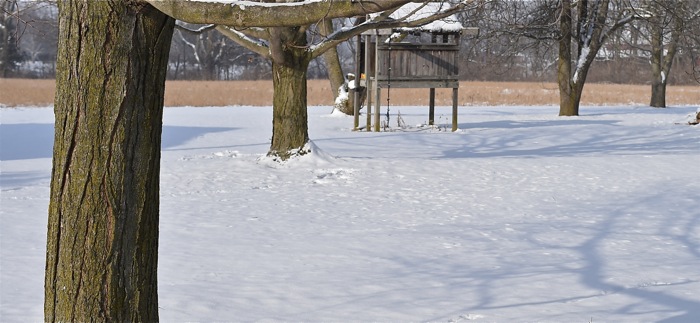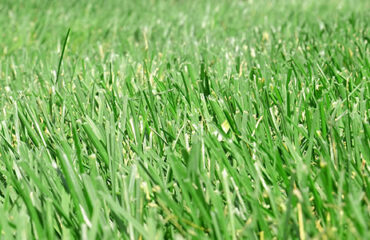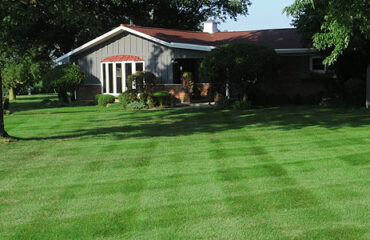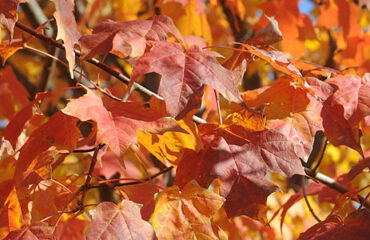It’s a topic we hear frequently during the winter months. How much snow is actually good for your lawn and landscaping?
Well, the answer, generally, is that any snow that’s at least two inches (like the photo example above) is a good thing for the average turf surface. One, it serves as a valuable insulator against harsh freezing air and temperatures – like a blanket on your bed. Two, when it melts it adds to the natural water table of your property, and ground water is vital for sustained growth and vigor during the equally harsh hot months of summer.
So yes, the short form answer to how much snow is good is just that. Anything more than two inches – up to a point – is a good thing for most yards.
However, in places like Buffalo, New York, where they often get 80 to 100 inches of snow each winter, snow can be a negative, as well.
Sure, it insulates against freeze. But come spring there’s a limit to the amount of melted snow that can be absorbed into the ground and its water table.
And, there is an issue called “snow mold” that can actually hurt your lawn. Snow mold is a fungal disease that can occur when “too much” snow lingers for “too long” in the spring, especially when the grass is left too long over the winter and fall leaves were not removed, creating an even greater fungal threat. Moldy patches then appear as a circular gray, or pink, spot as the snow disappears. So, it’s important to do the regular, and final, fall maintenance to help insure against the effects of too much, prolonged snow. If it does occur, good systemic maintenance throughout the growing season is important to regenerate affected areas.
Obviously, there’s no way of controlling how much snow, so the answer to how much snow is good? Take it for what it is, and make sure your lawn is as prepared for winter as you are.
And then…wait for spring!




